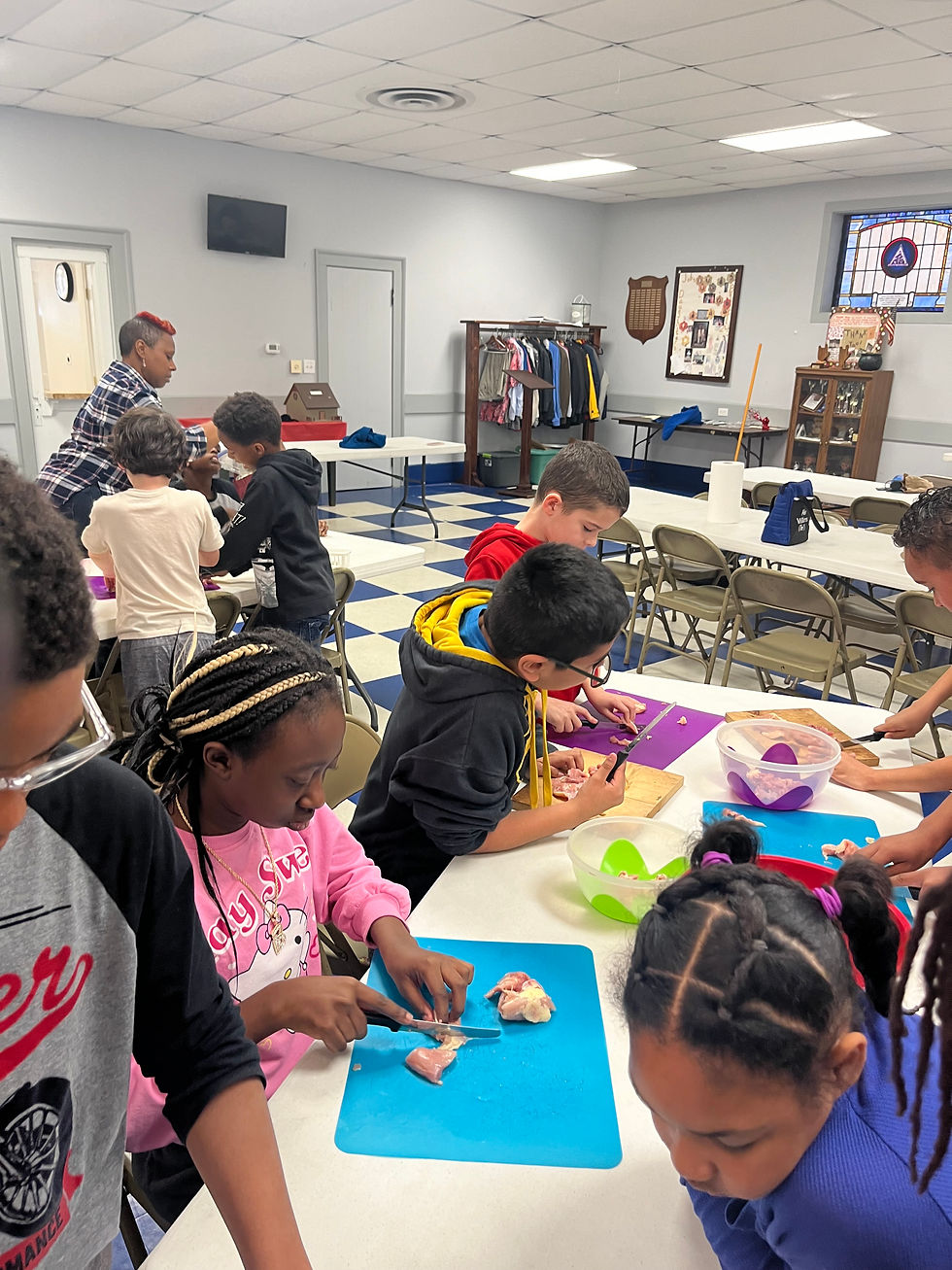Effective Classroom Management Techniques
- marva331
- Jan 8, 2024
- 2 min read
Effective Classroom Management Techniques Creating a positive and engaging learning environment is essential for effective classroom management. When students are actively engaged and motivated, they are more likely to stay on task and behave appropriately. In this blog post, we will explore some effective classroom management techniques that can help create a productive and harmonious learning environment. 1. Establish Clear Expectations: Setting clear expectations from the beginning of the school year is crucial. Clearly communicate your rules and procedures to the students and ensure they understand what is expected of them. This will help create a sense of structure and consistency in the classroom. 2. Use Visual Aids: Visual aids are a powerful tool for enhancing understanding and engagement. Utilize posters, charts, and diagrams to reinforce key concepts and provide visual cues for students. Visual aids can also serve as a reference point for students to remind them of classroom rules and expectations. 3. Foster Collaboration: Arrange desks in small groups to promote collaboration and interaction among students. Encourage students to work together on projects and assignments, fostering a sense of teamwork and cooperation. Collaborative learning not only enhances academic performance but also helps develop important social skills. 4. Incorporate Hands-on Activities: Engage students in hands-on activities that allow them to actively participate in the learning process. Whether it's a science experiment, a group project, or a role-playing activity, hands-on activities make learning more meaningful and memorable for students. This also helps to keep students engaged and focused on the task at hand. 5. Provide Positive Reinforcement: Recognize and reward students' efforts and achievements. Praise their hard work, good behavior, and academic progress. Positive reinforcement can be in the form of verbal praise, certificates, or small rewards. This not only boosts students' self-esteem but also encourages them to continue putting in their best effort. 6. Establish Routines: Establishing daily routines and procedures can help create a sense of predictability and structure in the classroom. Clearly communicate these routines to the students and ensure they understand the expectations. Routines can include morning greetings, transitioning between activities, and end-of-day procedures. Consistency in routines helps students feel secure and reduces disruptions. 7. Build Relationships: Take the time to build positive relationships with your students. Get to know their interests, strengths, and challenges. Show genuine care and concern for their well-being. When students feel valued and supported, they are more likely to be motivated and engaged in the classroom. Remember, effective classroom management is not about controlling students but rather creating an environment that promotes learning, collaboration, and respect. By implementing these techniques, you can create a positive and engaging classroom where students thrive academically and socially.




Comments